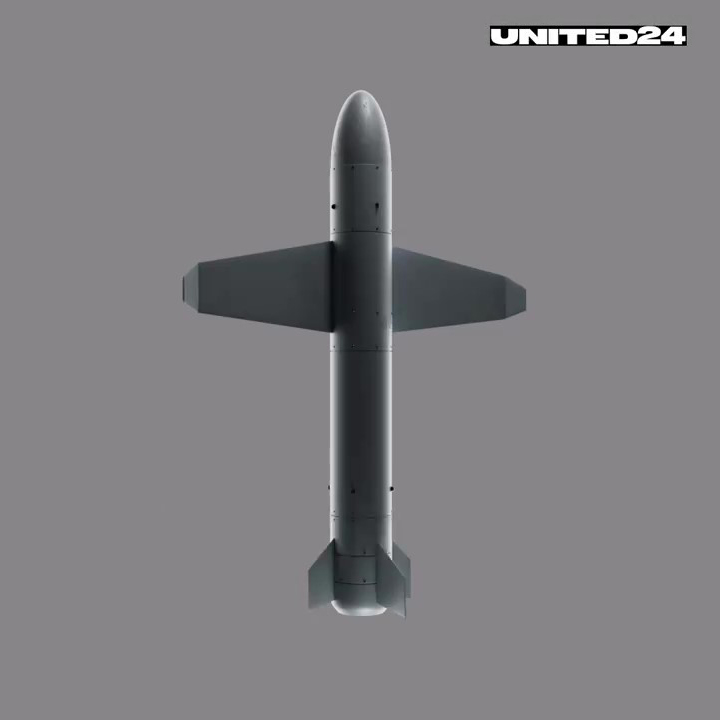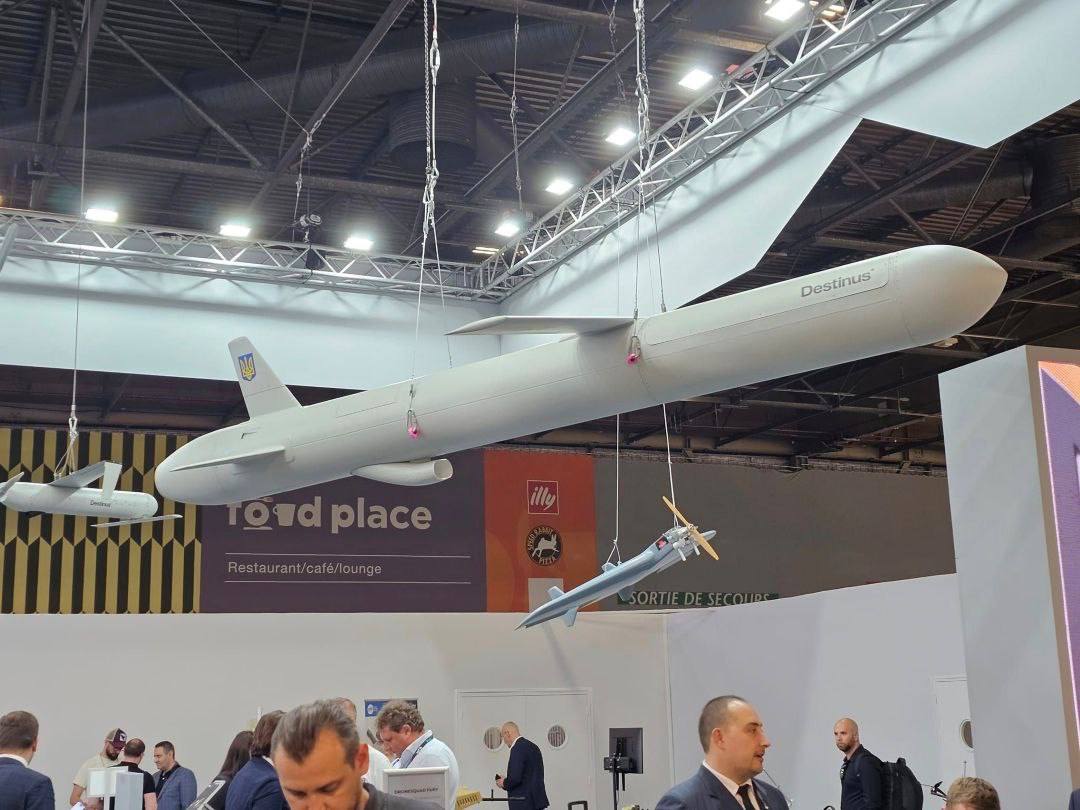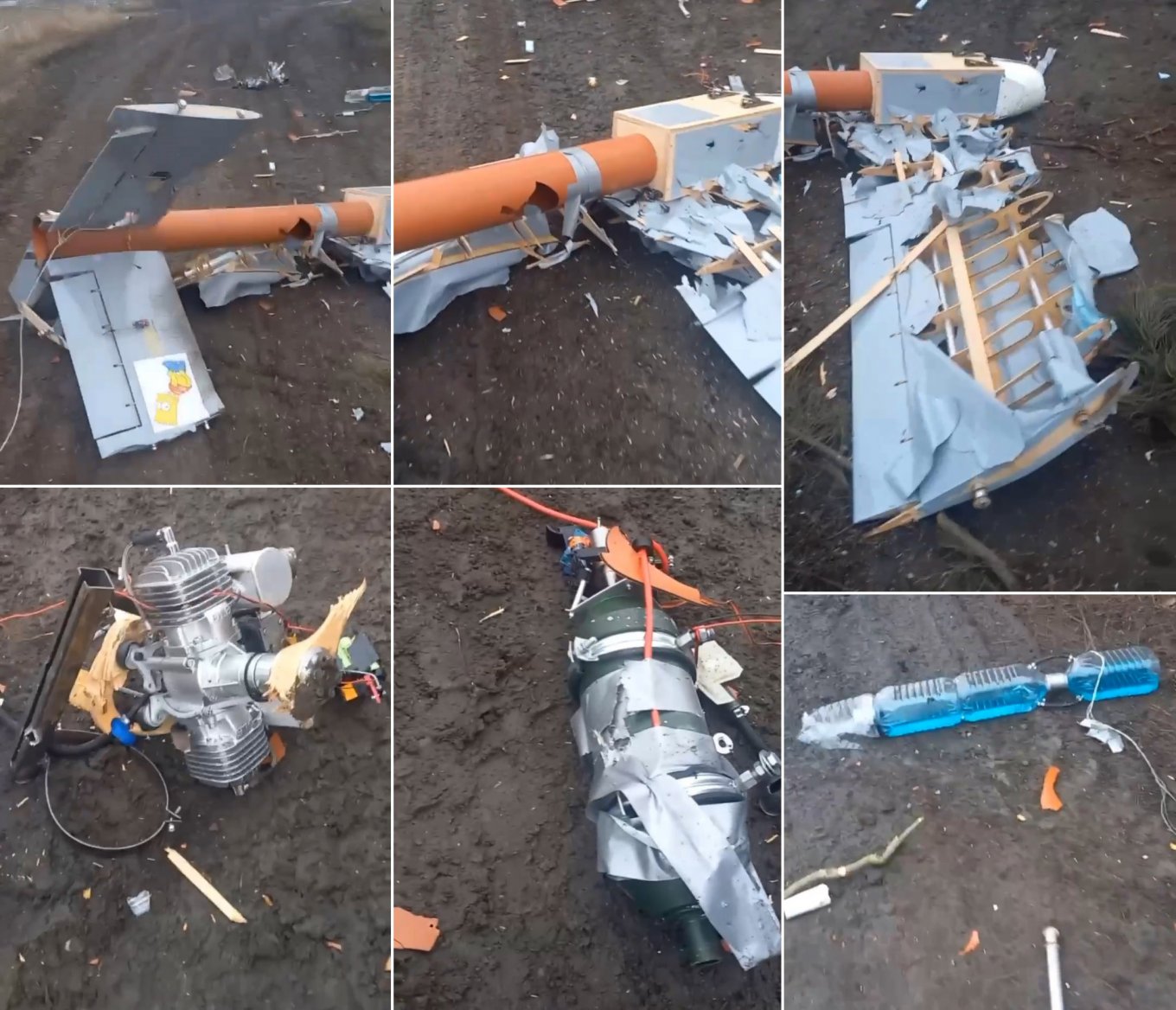Ukraine has officially announced the creation of a new Ukrainian long-range "rocket drone," called Palianytsia. As follows from the official video, it is powered by a turbojet engine and boasts a potent range of approximately 750 km, yet most of the specifications remain undisclosed.
Nevertheless, we can still explore the general advantages and disadvantages of such UAVs compared to traditional propeller drones like the Shahed-136.
Read more: First Official Images of Palianytsia, Ukraine's New "Rocket Drone"

First and foremost, it's important to clarify that the term "rocket-drone," which has already become popular in the media, is not an accurate description. As mentioned, Palianytsia is equipped with a turbojet engine, making it a jet drone, not a rocket-drone. A true rocket-drone would require a liquid- or solid-propellant rocket engine, similar to those found in ballistic missiles.
Jet drones, on the other hand, are not particularly new to the world of arms. Examples include the Iranian Karrar and Shahed-238 jet UAVs, the British QinetiQ Banshee Jet 80, and the Ruta project from Ukrainian company Destinus. The latter was even showcased at Ukraine's booth during the Eurosatory 2024 exhibition and, while it may resemble the official image of Palianytsia, these are most likely two different products.

Generally, the primary reason for equipping UAVs with jet engines is to achieve higher speeds. While propeller drones typically operate at speeds of 100 to 200 km/h, jet drones can reach 400–500 km/h or even 800–900 km/h. Increased speed improves the drone's ability to evade anti-aircraft fire from machine guns and manually operated missiles, though it won't necessarily protect against more advanced air defense systems.
Speed also affects the time required to approach the target, reducing the enemy's response window. For instance, if the enemy detects drones 300 km away, they could have anywhere from three hours to just 20 minutes to react, depending on the drone's speed. This difference is crucial, particularly when it comes to moving combat aircraft out of harm's way. This is to remind that Palianytsia is positioned as a weapon against airfields.

However, speed is not the only and not even the main advantage of jet engines. They also offer a better weight-to-thrust ratio, meaning the engine occupies less space. This is vital for missiles or drones, as it impacts payload capacity, overall dimensions, and stealth — all the factors directly related to air defense evasion.
For illustration, a jet drone measuring around 5 meters in length and 3 meters in wingspan could carry approximately 500 kg of explosives over a 500 km range, whereas a propeller drone with similar parameters would be sized like a full-fledged aircraft.
Of course, these benefits come at a cost. Jet engines are more expensive than conventional internal combustion engines which harms the prospects of mass production. Additionally, higher speeds demand more robust and reliable drone designs. Roughly speaking, a drone with a propeller can be assembled from water pipes but a jet one cannot.

A higher cost also necessitates greater reliability, leading to the use of more sophisticated systems, particularly in navigation. This raises the question: is there really much of a difference between a long-range jet kamikaze drone and a cruise missile?
For Ukraine, however, the classification of this weapon is less important at the moment. Palianytsia was introduced primarily as a domestically-made tool for striking russian airfields, with no restrictions imposed on its usage — unlike the ATACMS and Storm Shadow missiles, prohibited to use on russian deep rear territories. For such strikes, the approach time and warhead weight will be the key factors of effectiveness.
Read more: Ukraine Has New Long-Range Weapon: Palianytsia Missile and Drone Hybrid, Already Used














